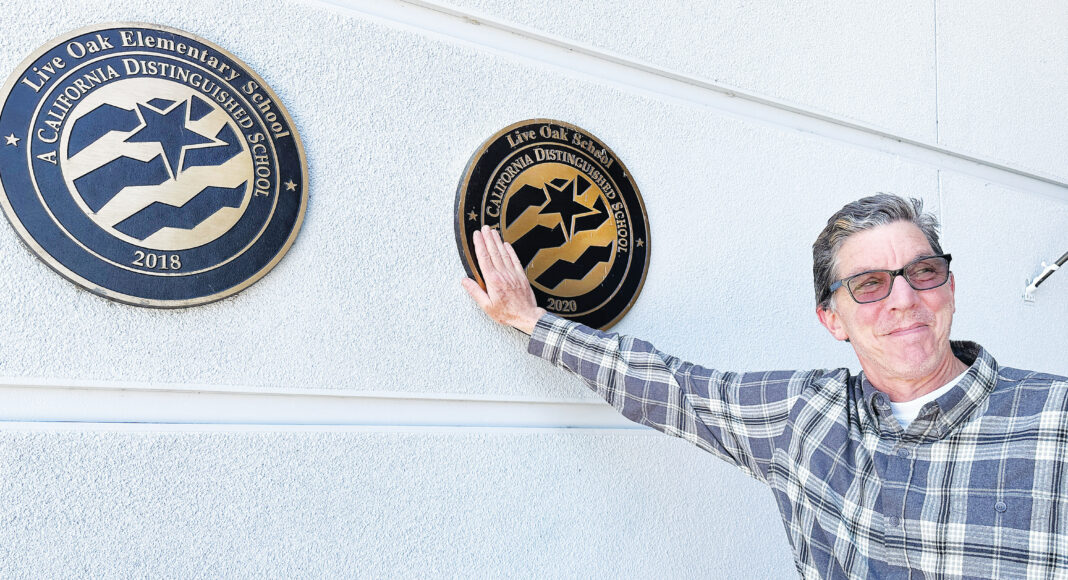While reading Steve Kettmann’s article on Spanish/English dual immersion education in Santa Cruz schools, I couldn’t help feeling a bit of pride. Going back twenty years or so, a group of parents, including myself, often visited Grant St. Park along with our young children to participate in a county program called Together in the Park. A van full of various toys appeared every week, much to the kids’ delight, and new parents got a chance to mingle a bit, comparing notes and ideas on parenthood.
There, I met Sheila C., a bold Santa Cruz activist dedicated to our community. I am a native Spanish speaker, and she is a native English speaker with a notable command of the Spanish language. It was during these gatherings that two important park-bench community projects were born. The first: El Grupo de Español, is comprised of Spanish-speaking parents and families from several American countries, including the United States, who were interested in Spanish language development, both for themselves as well as for their children. Any parent was welcome as long as they did their best to communicate in Spanish during our weekly excursions to various locations, such as parks, forests and the like. Some twenty years later, with adult children, we get together once in a while.
The second park bench project was more ambitious, encompassing the broader community. After having personally experienced bilingual, English as a Second Language (ESL) education, I quickly realized that the sole purpose of those models was to teach students English as fast as possible, leaving behind any thought of bilingual ability. After much research, signature gathering from interested parents and several School Board meetings, DeLaveaga Elementary School was designated to become Santa Cruz County’s first Spanish/English Dual Immersion program. To merge the two projects, the participants from El Grupo de Español were, and still are, part of the teaching staff at DeLaveaga Elementary School.
Gabriel W.
These letters do not necessarily reflect the views of Good Times.To submit a letter to the editor of Good Times: Letters should be originals—not copies of letters sent to other publications. Please include your name and email address to help us verify your submission (email address will not be published). Please be brief. Letters may be edited for length, clarity and to correct factual inaccuracies known to us. Send letters to le*****@go*******.sc














